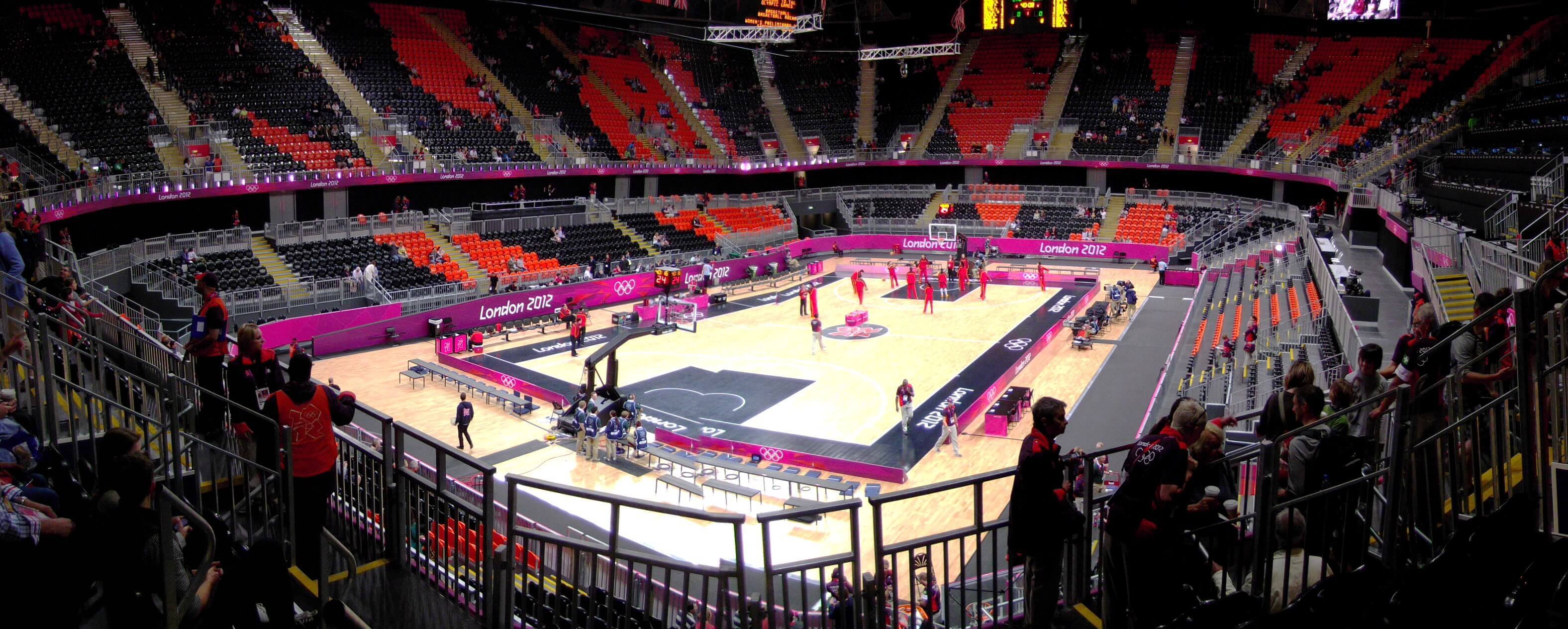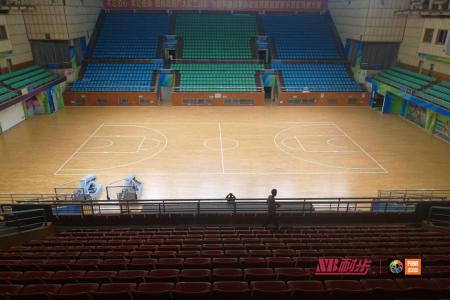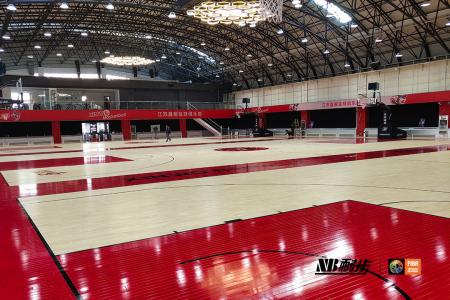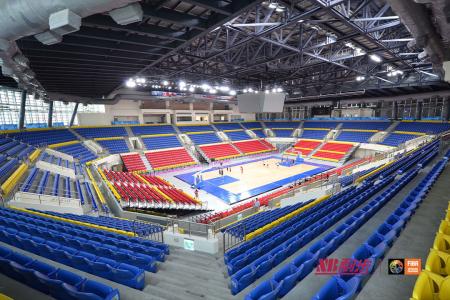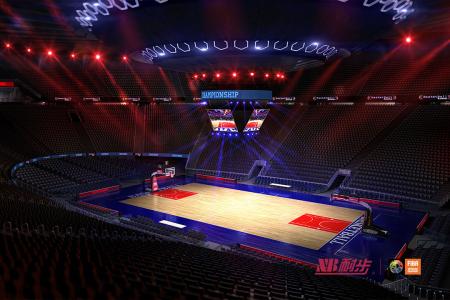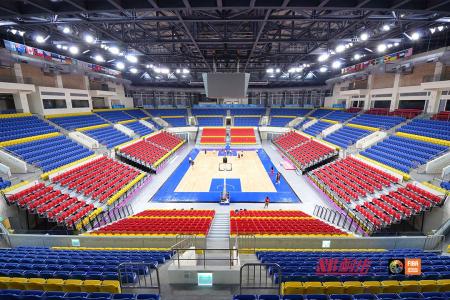General rules for grading maple sports floors:
Moisture Control:
We recommend that the moisture content of wood be controlled within the range of 6%-9%, and this range must also be maintained in transportation projects.
Diameter cutting board
The radial cutting board of the hard maple floor is specially selected in the interval between the tangent direction of the annual ring and the horizontal line at an angle of 30 degrees or a vertical angle of 90 degrees.
Hard maple is generally processed in lumber sawing yard, and it is a single raw wood floor blank. For example, 75% of each piece belongs to the range mentioned above, and the floor can be considered as all materials can be diameter-cut board.
Kiln dried:
All grades of wood floors recognized by MFMA-RL must be kiln-dried, otherwise the floor will not be considered as a unique grade.
Mortise:
Unless otherwise stated, all MFMA-RL floors are mortised.
Bundled packing floor:
MFMA-RL Floor Mixed Length Floors are packed in bundles of average length. A bale may include floor blanks that are 6 inches shorter than each bale and 6 inches longer than each bale.
Product technical standards for hard maple:
First Class Hard Maple:
Highest grade, MFMA is durable and satisfactory, suitable for home use, apartments, churches, clubs, stages, gymnasiums, handball and squash courts, schools, classrooms, hospitals, ice rinks, etc., depending on the possible finish used There is a slight color difference.
Grade 1 hard maple is evaluated for its appearance and durability, and the surface of this grade of maple has no flaws that would affect the appearance and durability of the board. The change of grade allows the color to be the natural color of maple, the size of the occasional small needle knot should not exceed 3.3mm, but the knot should not appear on the edge of the board, and the occasional black green or black spot or stripe width should not exceed 6.45mm, No more than 76.2mm long, they may contain a slight crack, no more than 12.7mm long, bird's eye pattern and small knots, shallow cracks or similar imperfections can be removed during paving.
The jacket is not allowed to exist. For some superficial defects on the back of the floor, the length does not exceed 305mm (12''), if it does not extend to both ends, and the tenon joint, the defect length is less than 25% of the entire floor, yes Allowed. But these panels must be rock-proof and wood available.
Secondary Upper Hardwood Maple:
This grade of maple floor has the same service life and maintenance performance as the same grade maple, and the upper grade maple is a good choice for gymnasiums, handball halls, multi-purpose halls, cafeterias, schools, industrial sites, and commercial buildings.
This grade of maple allows for tight healthy knots, only not at the edge of the board; significant color differences are allowed, a variety of black-green or black spots and stripes are allowed, but the defects cannot combine with each other to form a black heartwood.
Slight cracks should not exceed 3'' (76.2mm) in length, parallel to the edge of the floor or as long as the end of the floor. Slight black spots or streaks are allowed in the middle part, and shallow cracks or similar imperfections cannot be removed during paving. .
Minor end cracks, short tongues in some machining, allow for partial thickness unevenness when the entire floor is thick enough to support the floor structure. Shadows and chromatic aberrations will be noticeable when the floor is finished, but the characteristics are acceptable.
Leather jackets are not allowed.
3rd grade upper hard maple:
The third-grade hard maple is suitable for places where the aesthetics of the site are not high. It is composed of 60% second-grade maple and 40% third-grade maple. This grade allows flaws to exist.
Grade 3 Hard Maple is used in entertainment, factories, warehouses, etc. Although Grade 3 has flaws, it is also strong and durable.
Grade 3 does not allow leaks with a diameter of more than 9.65mm on the edge or the top, no rotten joints with a diameter of 25.4mm, and no serious cracks at the ends and central cracks, otherwise the use and durability of the wooden floor will be weakened.

